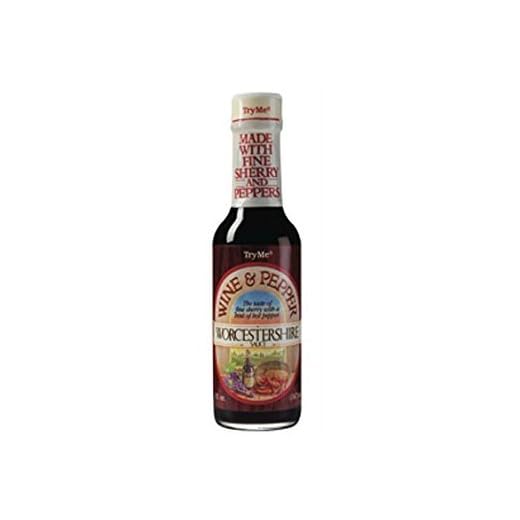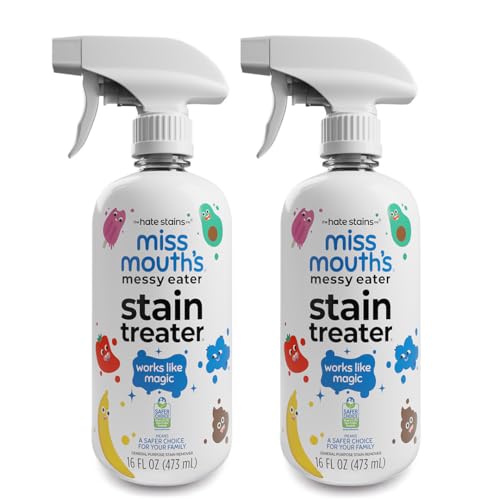

Yes, the renowned brand continues to produce its classic condiments, including a variation that incorporates white wine. This unique blend enhances the flavor profile, making it an exceptional choice for culinary enthusiasts.
For those exploring this condiment, consider using it in marinades or dressings to elevate your dishes. The delicate notes from the wine complement a variety of ingredients, adding depth and sophistication.
When selecting this product, pay attention to the ingredient list for authenticity. The right choice can significantly enhance your culinary creations, offering a distinctive taste that stands out in any recipe.
As someone passionate about wine, I encourage exploration beyond the traditional uses. This versatile product can also be a delightful addition to sauces and reductions, providing a unique twist to classic dishes.
White Wine Worcestershire Sauce Production Status
The production of the specific condiment featuring white grape vinegar by the renowned brand has seen fluctuations over the years. As of now, it remains a limited offering, not consistently available on store shelves.
For those seeking a similar flavor profile, consider alternatives like balsamic or apple cider variations, which can provide a comparable depth. Experimenting with homemade versions can also yield satisfying results.
Check specialty food stores or online retailers for availability; sometimes, these outlets stock limited editions or special releases. Keep an eye on product announcements from the manufacturer for any updates regarding this particular version.
History of Lea and Perrins White Wine Worcestershire Sauce
Originating in the early 19th century, the creation of this unique condiment can be traced back to a combination of British and Indian culinary influences. The original blend was developed by two chemists, who sought to replicate a sauce they encountered during their travels in India. The resulting mixture melded various ingredients, including vinegar, spices, and, notably, fermented products, to produce a complex flavor profile.
By the mid-1800s, the product began gaining traction in England, with consumers appreciating its versatility. In 1837, the sauce was officially bottled and marketed, leading to its rapid popularity among households and chefs alike. Throughout the years, this particular variety has remained a staple in numerous recipes, enhancing dishes with its distinctive taste.
Evolution Over Time
As culinary trends evolved, so did the formulation of this sauce. The inclusion of white wine offered a lighter alternative to the traditional dark versions. This adaptation allowed it to be utilized in a wider range of dishes, from marinades to salad dressings. The use of quality wine in the recipe contributed to a refined flavor profile that appealed to both home cooks and professional chefs.
Today, this sauce is celebrated not only for its rich history but also for its continued relevance in modern cuisine. Its blend of savory and tangy notes makes it a go-to ingredient for enhancing flavors in both classic and contemporary dishes. This enduring legacy reflects a commitment to quality that has been maintained through generations.
Current Availability of White Wine Worcestershire Sauce
Currently, this particular condiment is not widely available on the market. Retailers often stock the traditional version, leaving fans of the white wine variant searching for alternatives. Some specialty stores may carry it, but options are limited. Online platforms might offer the elusive product, so checking websites dedicated to gourmet foods can yield results.
If you’re looking for a substitute, consider using a blend of regular sauce with a splash of white wine or vinegar. This can mimic the flavor profile you’re aiming for. For those keen on culinary experiments, creating a homemade version can be rewarding. Combining soy sauce, vinegar, and a touch of sweetness can approximate the taste.
Additionally, keeping an eye on seasonal releases might be beneficial. Limited editions can pop up at certain times of the year, so staying informed about new products is wise. To enhance your culinary experience, consider pairing your dishes with the best solar generators for house boats for outdoor cooking adventures.
Ingredients Used in Lea and Perrins White Wine Worcestershire Sauce
The ingredient list for this unique condiment is a blend of flavors that creates its distinctive taste. The primary component is fermented white grape vinegar, which imparts a mild acidity and a touch of sweetness. This vinegar is complemented by a mixture of spices and seasonings, including tamarind extract, which adds a rich, tangy depth to the flavor profile.
Other key ingredients include a blend of onions and garlic, providing a savory backbone. The sauce also incorporates salt for seasoning, along with a variety of spices that enhance the overall complexity. You may notice a hint of molasses, contributing a subtle sweetness and dark color.
Natural Preservatives
To maintain freshness, the recipe contains natural preservatives. These ingredients help to prolong shelf life without compromising the quality of the flavor. The combination of these components results in a versatile sauce suitable for marinades, dressings, and various culinary applications.
Flavor Profile
The harmonious balance of these ingredients results in a sauce that is both tangy and savory, making it an excellent addition to numerous dishes. It pairs well with grilled meats, seafood, and even vegetables, enhancing their natural flavors. Understanding the individual components can help you appreciate the complexity and versatility of this classic condiment.
Comparing White Wine Worcestershire Sauce with Traditional Varieties
White wine-based condiment presents a unique alternative to classic versions, particularly in its flavor profile and versatility in culinary applications. This variant often boasts a lighter, more delicate taste, allowing it to complement a range of dishes without overpowering them.
When contrasting standard condiments with their white wine counterpart, several differences emerge:
| Characteristic | Traditional Varieties | White Wine Version |
|---|---|---|
| Flavor Depth | Robust, umami-rich taste | Lighter, more nuanced notes |
| Pairing Versatility | Best with hearty meats and stews | Great for seafood, poultry, and salads |
| Ingredient Complexity | Often includes darker ingredients like tamarind | Utilizes white wine and often fresher herbs |
| Color | Dark brown to deep reddish hue | Pale yellow to light amber |
In my experience, the white wine variant shines in dressings and marinades, enhancing the freshness of ingredients. Its acidity balances richness, making it ideal for a light vinaigrette with olive oil. Moreover, it pairs exceptionally well with lighter proteins, amplifying the dish without overshadowing its inherent flavors.
For those who enjoy exploring diverse culinary experiences, incorporating this version into recipes can provide delightful surprises. Next time you’re preparing seafood or a salad, consider reaching for this refreshing alternative to elevate your dish.
How to Use White Wine Worcestershire Sauce in Recipes
Incorporating this unique condiment into your cooking can elevate flavors effortlessly. Use it as a marinade for meats, especially chicken and pork, to introduce a tangy depth. Combine with olive oil, garlic, and herbs for a simple yet flavorful dressing for grilled vegetables.
Enhancing Sauces and Soups
Add a splash to your homemade sauces and soups. It complements creamy dishes beautifully, enhancing the overall taste without overpowering other ingredients. A few drops can transform a basic tomato sauce or a creamy mushroom soup into something extraordinary.
Salad Dressings and Dips
For a zesty salad dressing, mix with Dijon mustard, honey, and lemon juice. This combination works well with leafy greens and roasted veggies. Additionally, blending it into dips, like hummus or sour cream-based mixtures, creates a delightful twist that guests will love.
Consumer Opinions on Lea and Perrins White Wine Worcestershire Sauce
Many individuals appreciate the unique flavor profile of this condiment, often highlighting its versatility in various dishes. Users frequently express satisfaction with its milder taste compared to traditional varieties, making it a preferred choice for those who enjoy nuanced flavors.
Positive Feedback
- Several reviews mention its ability to enhance marinades and salad dressings without overpowering the other ingredients.
- Many home cooks appreciate its use in seafood dishes, where the white wine notes complement delicate flavors.
- Consumers often report successful pairings with grilled vegetables and chicken, praising its ability to add depth without being too salty.
Critical Perspectives
- Some users feel it lacks the complexity found in darker, traditional versions, suggesting it may not satisfy those seeking a robust flavor.
- A few reviews indicate that the availability of this product can be inconsistent, leading to frustration among loyal fans.
Overall, feedback indicates that this ingredient remains a favorite for those who appreciate its distinct taste and culinary applications, while some long for a more traditional option in their pantry.







